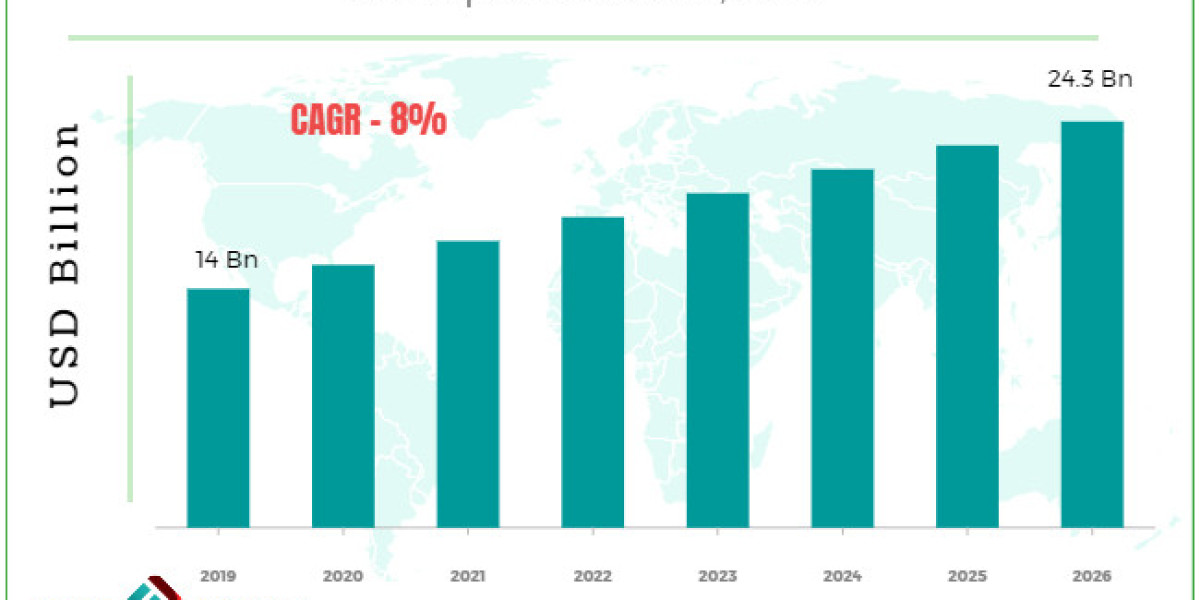For most people, a house is just a place to live. But what if your home could be more than that? What if it could generate monthly income and build long-term wealth? With the right strategy, you can turn your house into a cash-flow asset—a property that pays you instead of costing you.
In this blog, we’ll walk you through practical, proven ways to make your property work for you. Whether you're a homeowner or an investor, the opportunities are real and achievable.
What Is a Cash-Flow Asset?
A cash-flow asset is anything you own that generates consistent income. When it comes to real estate, that means your house brings in more money than it costs to maintain.
In simple terms:
Positive cash flow = Rental income mortgage + taxes + maintenance.
Once you understand this formula, the next step is to find ways to maximize your property’s earning potential.
Step 1: Understand Your Home’s Income Potential
Before making any decisions, look at your property from an investor’s perspective.
Ask yourself:
Is there demand for rentals in my neighborhood?
Can I rent out the entire home or just a part of it?
Are short-term or long-term tenants more profitable?
Does the house need upgrades to be marketable?
Start by checking local listings on Airbnb, Zillow, or Facebook Marketplace to see what others are charging in your area.
Step 2: Choose a Cash Flow Strategy
Here are several popular and effective ways to monetize your home:
1. Long-Term Rental
If you don’t need to live in the property, renting it out to a long-term tenant is the most straightforward method. You’ll receive steady monthly income and build equity over time.
Tips:
Screen tenants carefully.
Sign a formal lease agreement.
Hire a property manager if you’re not local.
2. House Hacking
This is ideal for first-time homeowners. You live in one part of the house and rent out the rest.
Examples:
Rent a basement or an extra bedroom.
Convert a garage or attic into a studio apartment.
You reduce (or eliminate) your own housing costs while creating income.
3. Short-Term Rentals (Airbnb/VRBO)
Got a property in a tourist-friendly or high-demand area? You can often earn more per night from short-term guests than from a monthly tenant.
Keep in mind:
You'll need to furnish the space.
Management is more hands-on.
You must comply with local short-term rental laws.
4. Rent Out for Events or Film Shoots
If you own a unique or photogenic property, companies may pay to use your house for:
Photoshoots
Commercials
Film or TV scenes
Weddings or small events
Check platforms like Peerspace or Giggster.
5. Create a Co-Living Space
Turn your home into a shared living arrangement. By renting individual rooms, you often earn more than renting the entire home to a single tenant.
Step 3: Upgrade to Increase Rental Value
Sometimes, a few smart improvements can significantly boost your cash flow.
Upgrade Ideas:
Add a private entrance to a section of the house.
Build a small kitchenette or bathroom.
Improve curb appeal for better listing photos.
Install smart locks and self-check-in systems for short-term stays.
These changes make your property more appealing—and profitable.
Step 4: Do the Math
Before jumping in, calculate your potential cash flow.
Example:
Rent from tenant: ₹25,000/month
Mortgage + property tax + utilities + maintenance: ₹18,000/month
Monthly cash flow: ₹7,000 profit
Track all expenses carefully, including one-time costs like furniture or renovation.
Use tools like a rental income calculator or spreadsheet to estimate your ROI (Return on Investment).
Step 5: Protect Yourself Legally Financially
Monetizing your house is a business. Treat it like one.
Checklist:
Get landlord insurance.
Check local zoning laws.
Create proper rental agreements.
Set up a separate bank account for rental income and expenses.
Keep detailed records for tax purposes.
Final thought
The real power of turning your house into a cash-flow asset is that it creates passive income. Over time, this income can:
Important link
Tengah Garden Residence Showflat
Tengah Garden Residence Developer
Tengah Garden Residence Floor Plans
Tengah Garden Residence Site Plan
Tengah Garden Residence Project Details
Real Estate Tips for Newlyweds Buying a Home
How to Finance a Second Home Purchase Without Breaking the Bank
How to Read and Understand Property Deeds
How to Check Property Boundaries Before Buying: A Simple Guide for Homebuyers
Tengah Garden Residence Project Details
Tengah Garden Residence Site Plan
Tengah Garden Residence Floor Plans




